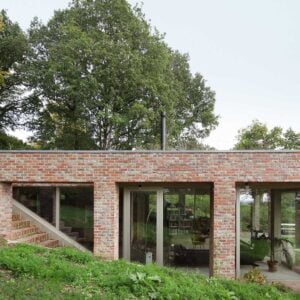Steep hill house designs capture a sense of daring that few other architectural forms can match. These unique homes stand as a testament to human ingenuity, turning the challenging landscape into a canvas for innovative design. This guide explores the world of steep hill house designs, showcasing how they seamlessly integrate with their surroundings and create structures that are as remarkable as they are resilient.
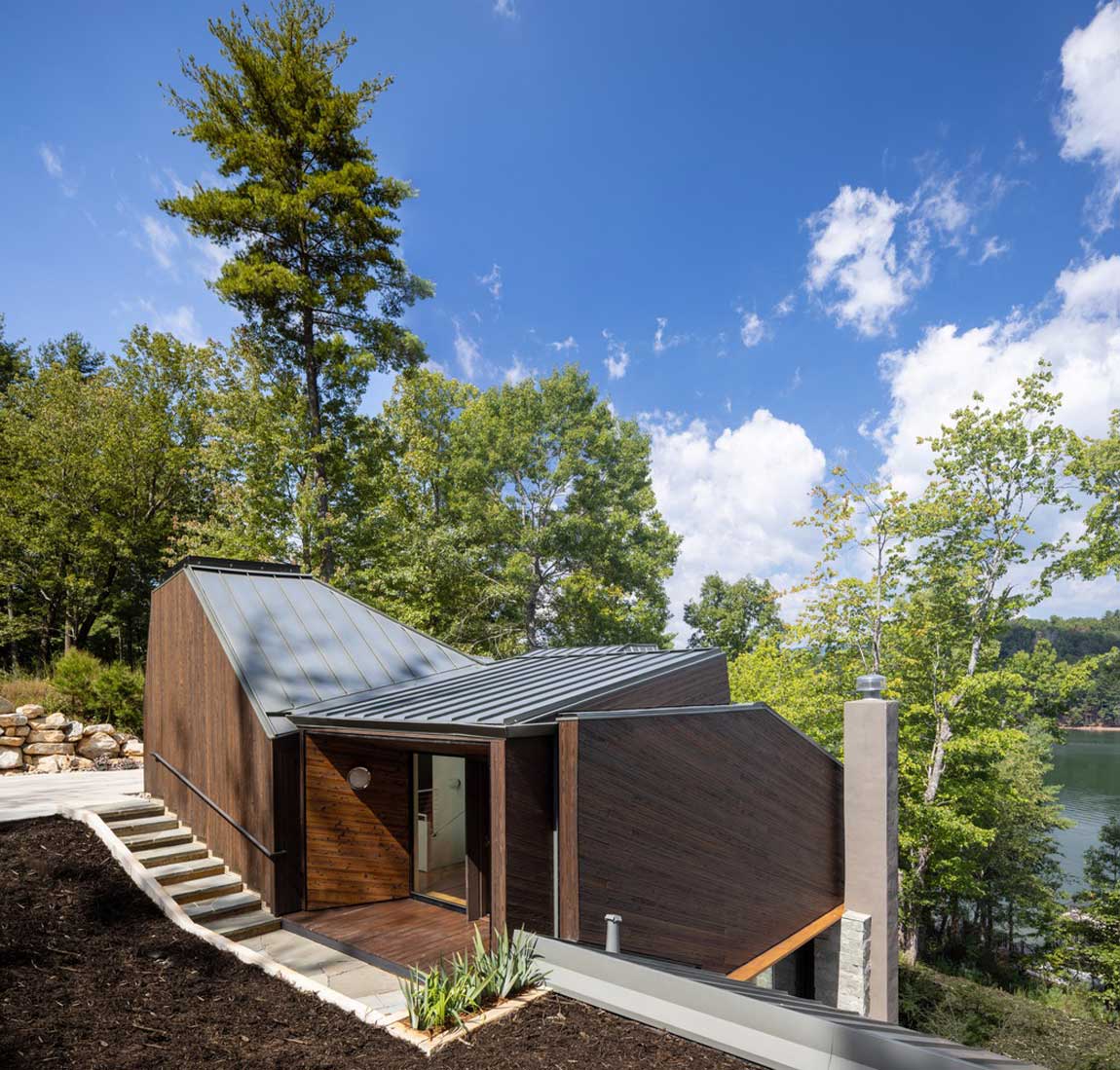
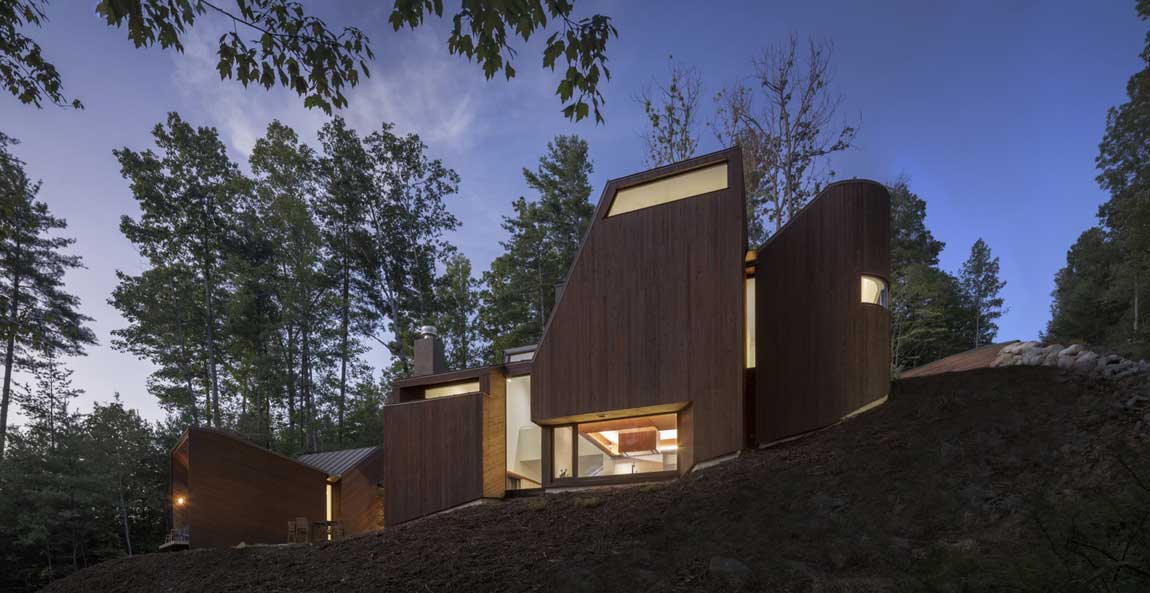
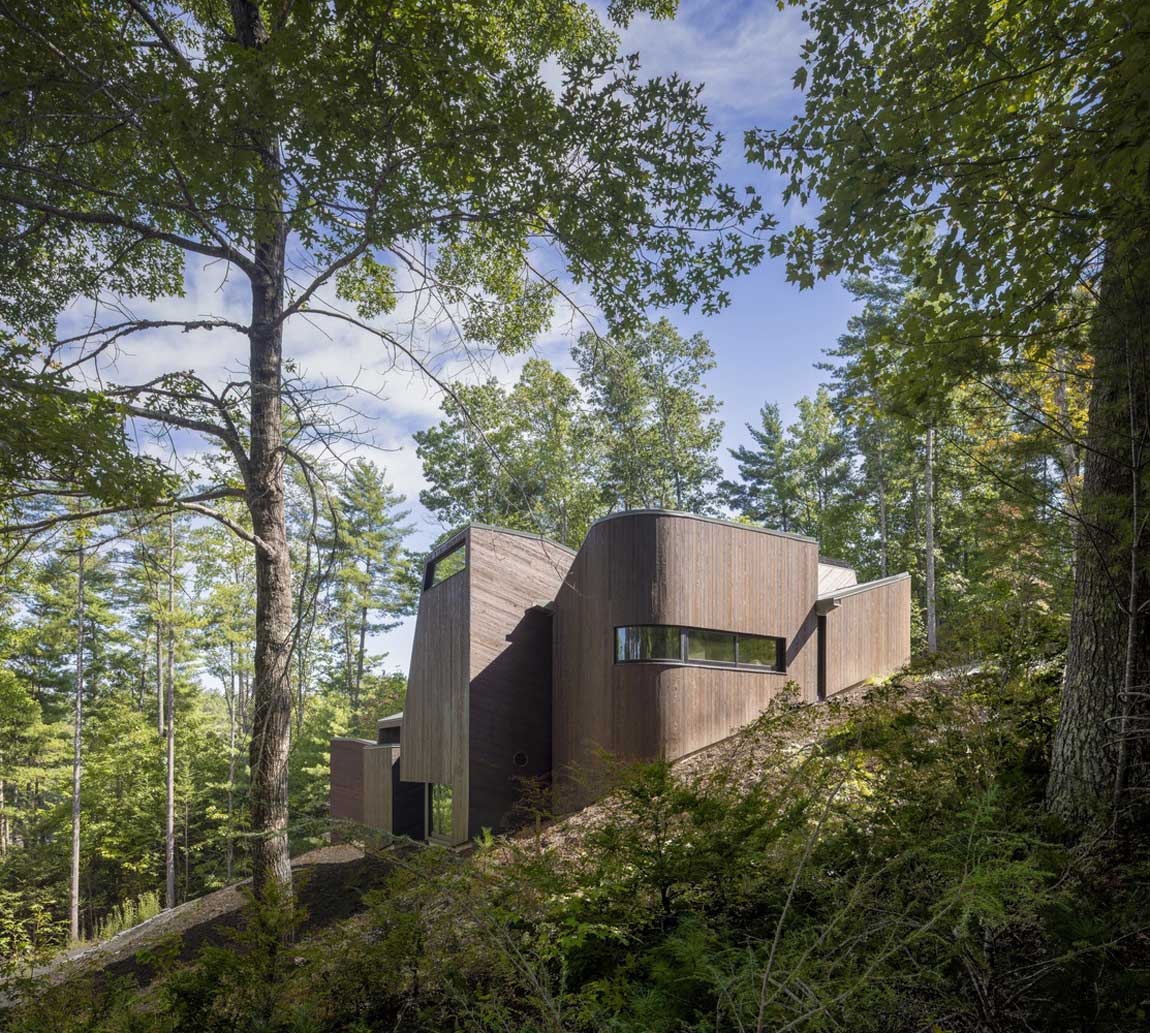
The Art of Contouring: Following the Landscape
Steep hill houses offer an opportunity to create designs that work with the land, not against it. Architects are increasingly moving away from imposing structures on the land and instead are using the contours of the hill as a blueprint for design.
When designed correctly, a steep hill house can appear to rise organically from the hill itself. It can be a design that respects the natural gradient and enhances its appeal. These houses can give the impression of being extensions of the landscape, blending seamlessly into the hillside.
The key to this approach lies in understanding the specific characteristics of the site – its gradient, orientation, and underlying geology. Armed with this knowledge, architects can create designs that respect and enhance the natural beauty of the hill.


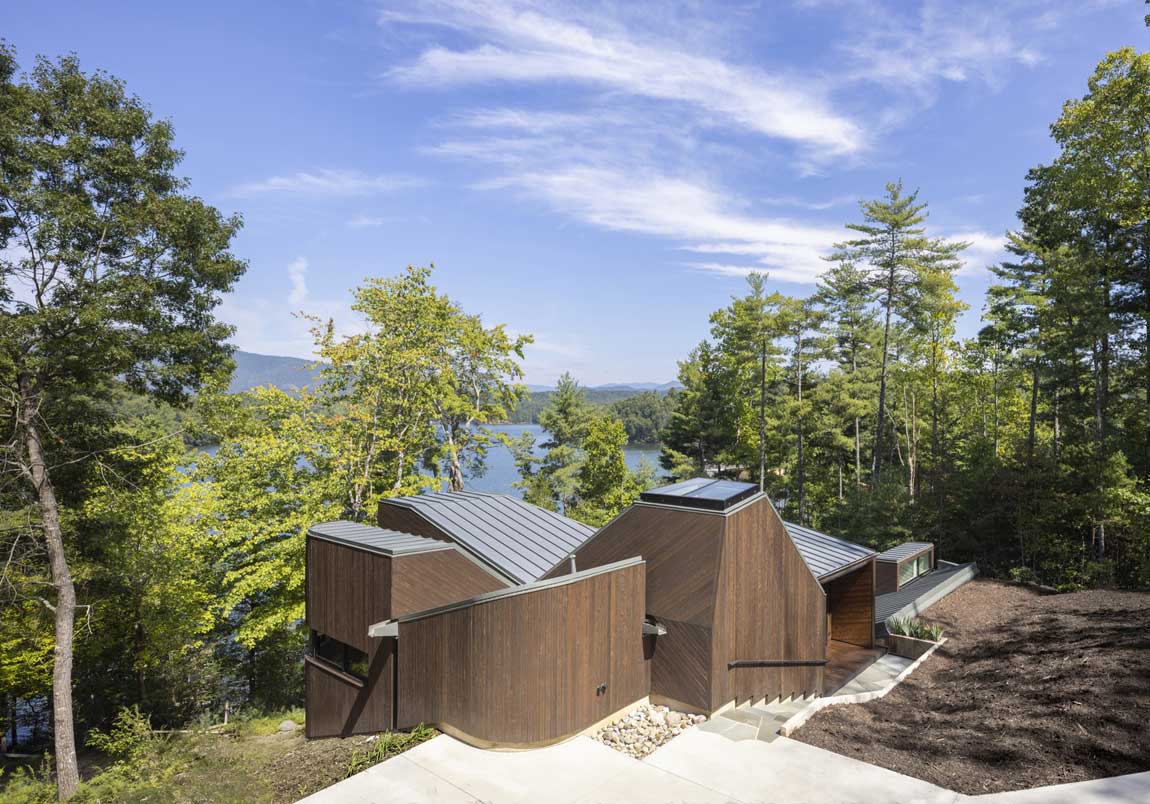
Multi-Level Marvels: Maximizing Space in Steep Hill Houses
The nature of a steep hill necessitates a design approach that maximizes space vertically. Multi-level designs are a common solution, resulting in homes that offer stunning views from every floor.
Terracing is a popular approach, creating stepped levels that follow the gradient of the hill. Each level can be designed with its own unique character and purpose, whether it’s a living area, bedroom, or outdoor deck.
Glass facades are another fantastic way to maximize the views offered by steep hill houses. They allow residents to soak in the vistas from the comfort of their home, further blurring the lines between the indoors and the outdoors.

Material Choices: Harmonizing with the Environment
Material choice is a vital aspect of designing steep hill houses that harmonize with the landscape. The right materials can help to integrate the house with its surroundings, creating a sense of unity and cohesion.
Natural materials like wood, stone, and glass can work well in steep hill house designs. Wood and stone can mirror the natural environment, while glass can reflect it, creating a dynamic interplay between the home and its surroundings.
The use of local materials can also contribute to the home’s integration with the environment. This approach not only reduces the environmental footprint of the build but also respects the local landscape and cultural context.
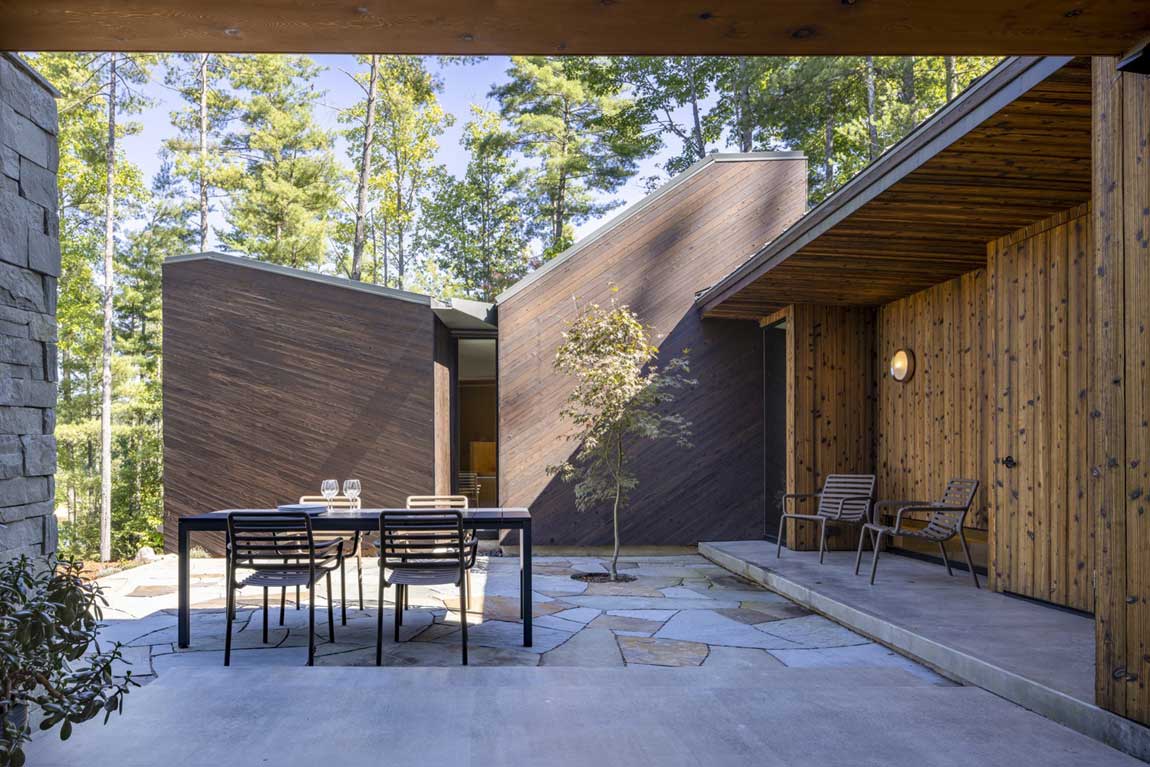
Harnessing Natural Light: Illuminating Steep Hill Houses
In steep hill houses, the strategic use of natural light can make a significant impact on the design. Through careful planning, natural light can enhance the home’s aesthetics, improve its energy efficiency, and create a healthier living environment.
Floor-to-ceiling windows and strategically placed skylights can flood the home with light, highlighting architectural details and offering panoramic views of the landscape. When combined with an open-plan layout, natural light can seamlessly flow throughout the house, connecting different levels and spaces.
In addition to enhancing the aesthetics of the home, natural light can also contribute to its sustainability. By reducing the need for artificial lighting, it can decrease the home’s energy consumption and create a healthier, more natural living environment.


Outdoor Integration: The Value of Exterior Spaces in Steep Hill Houses
The value of exterior spaces in steep hill houses cannot be overstated. These spaces can provide a seamless connection between the indoors and the outdoors, taking full advantage of the hill’s natural beauty.
Balconies, terraces, and outdoor decks can offer residents a place to relax, entertain, and enjoy the views. With the right design, these outdoor spaces can feel like natural extensions of the indoor living areas, enhancing the overall living experience.
Creating terraced gardens can also contribute to the integration of the house with its surroundings. These gardens can soften the home’s exterior, add visual interest, and provide a natural buffer against erosion, particularly important in steep hill designs.

Building Techniques: Constructing Steep Hill Houses
Steep hill house construction requires a different set of techniques compared to building on flat land. From foundation design to erosion control, every aspect needs to be carefully considered to ensure the stability and longevity of the house.
Building on a steep hill often involves the use of specialized foundation systems like pile foundations or stepped concrete footings. These techniques help to anchor the house to the hill, providing stability and preventing landslide risks.
Erosion control measures are also crucial in steep hill construction. These may include retaining walls, drainage systems, and vegetation cover. Not only do these measures protect the house, but they also help to preserve the natural landscape.
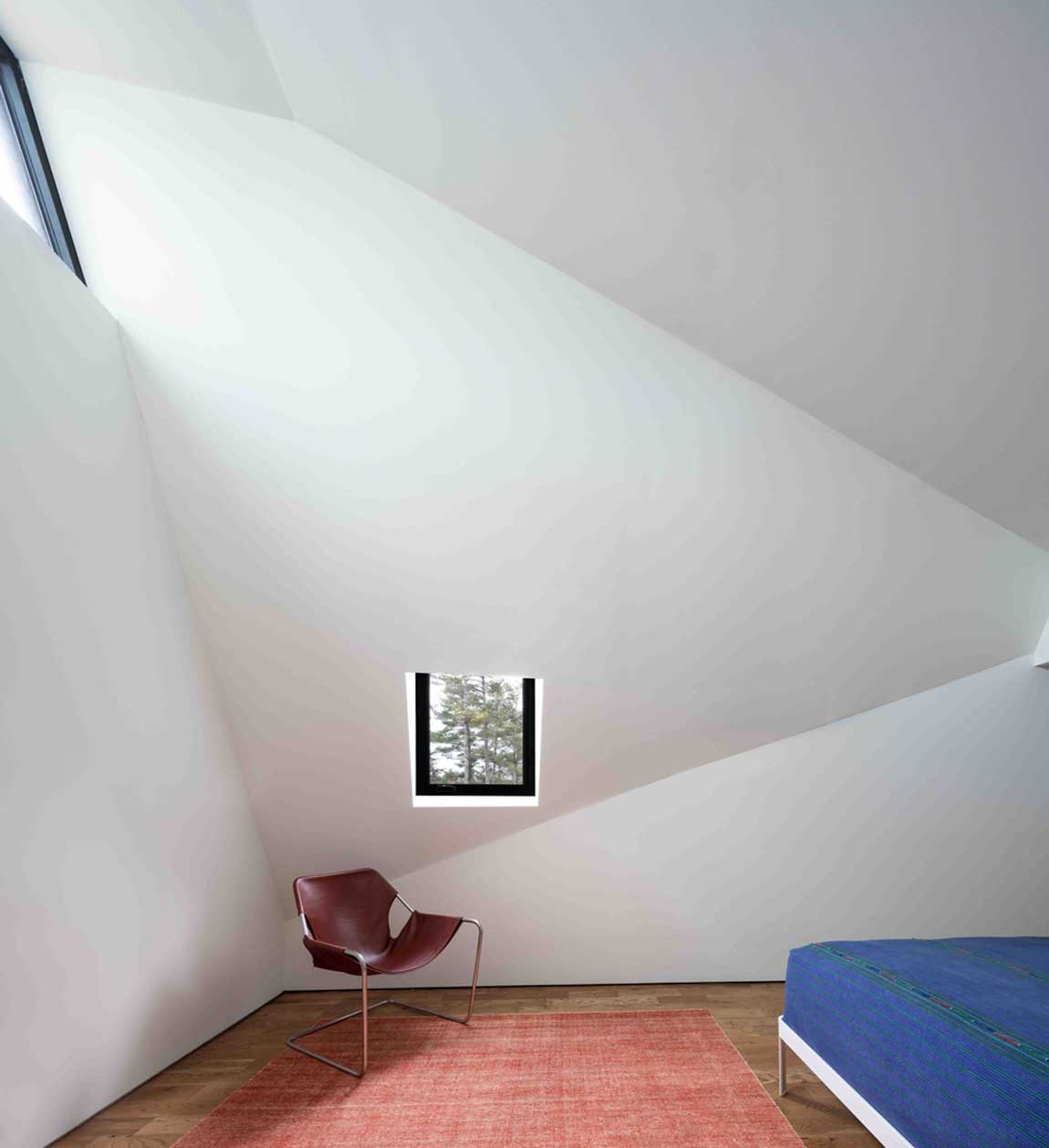
The Role of Interior Design in Steep Hill Houses
The unique structure of a steep hill house also necessitates innovative interior design. As these houses often have multiple levels, vertical connectivity is key. Staircases are not only functional elements but can also become stunning design features.
Vaulted ceilings and mezzanine levels can add a sense of spaciousness and grandeur to the interiors. Additionally, the choice of interior finishes can help to enhance the connection with the outdoors. Using materials that echo the exterior of the house can create a sense of continuity, further blurring the boundaries between inside and outside.
Moreover, with the spectacular views offered by these homes, positioning of rooms and furniture plays a crucial role. Careful planning ensures every space can take advantage of the vistas, whether it’s a living room with a panoramic view or a bedroom overlooking the hillside.
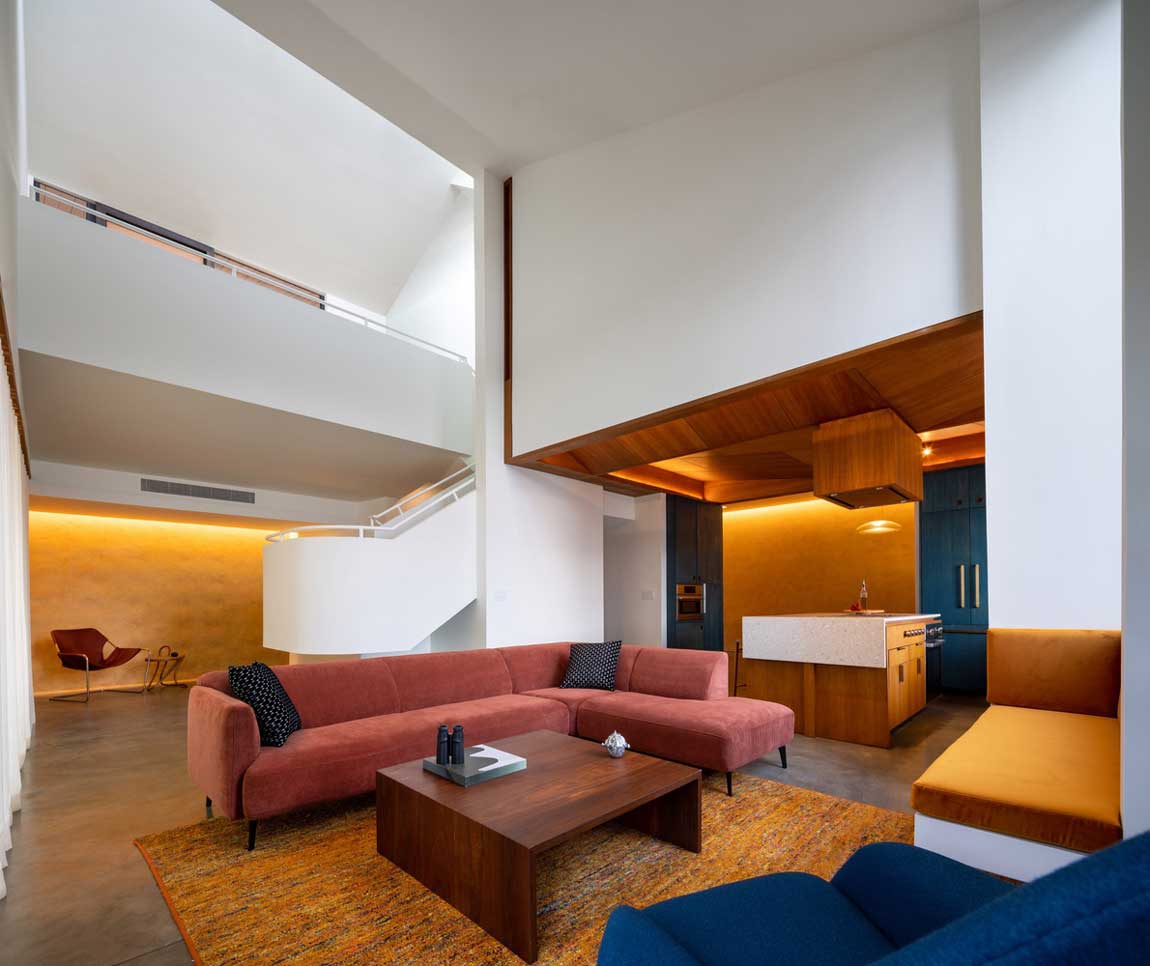


Sustainability Considerations in Steep Hill House Design
With their unique location and design, steep hill houses offer various opportunities for sustainable design. By harnessing natural resources like sunlight and wind, these homes can reduce their environmental footprint and promote energy efficiency.
Passive design strategies can help to optimize the home’s thermal comfort. These include proper orientation to maximize solar gain, natural ventilation to cool the house, and the use of insulating materials to reduce heat loss.
Moreover, the use of sustainable materials, efficient water management systems, and renewable energy sources like solar panels can further enhance the sustainability of steep hill houses. These strategies not only make the home more eco-friendly but can also lead to significant savings in energy costs.
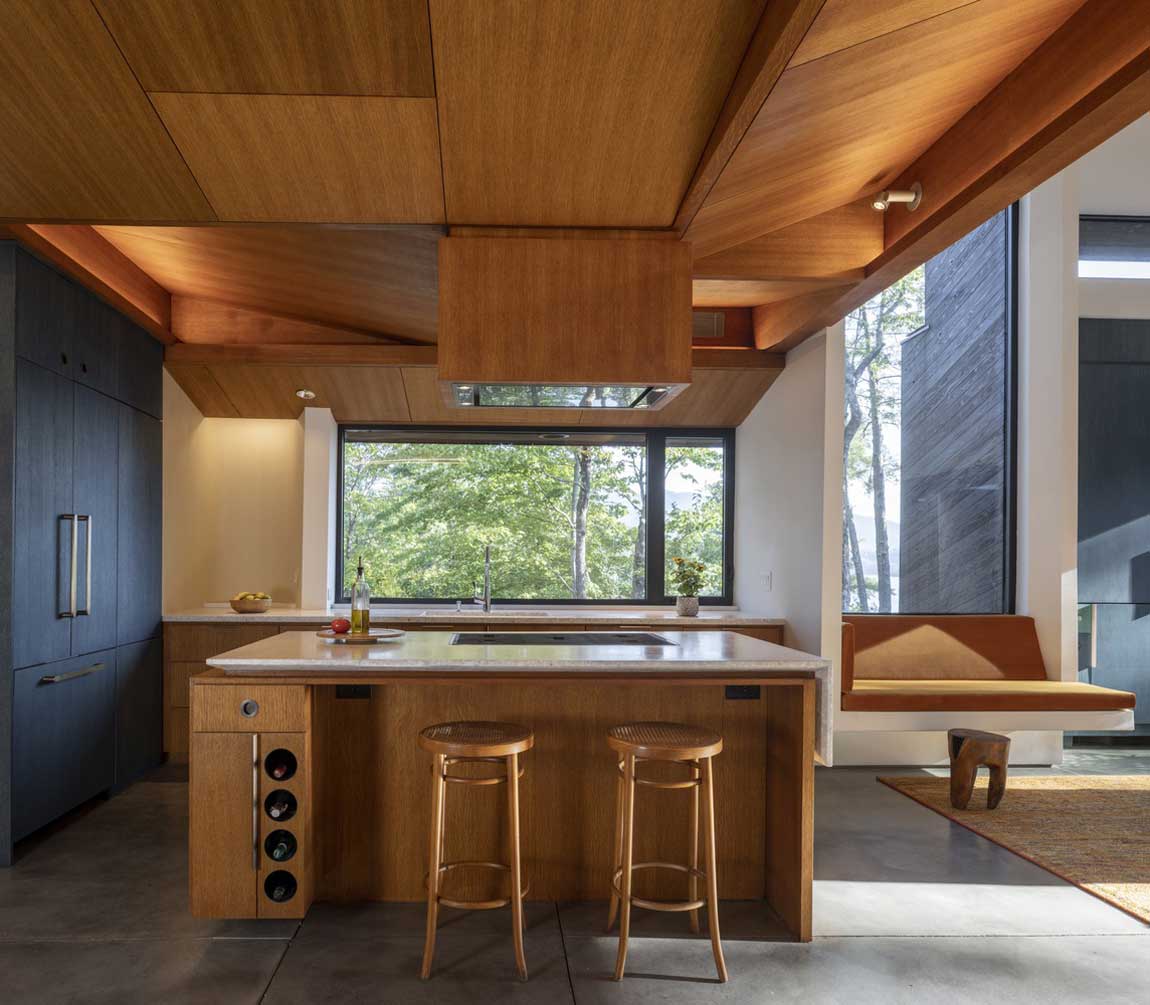
Navigating Building Regulations for Steep Hill Houses
Building a house on a steep hill can come with its own set of regulatory challenges. Each region has its own building codes and regulations pertaining to slope construction, and it’s crucial to understand these rules before beginning a project.
These regulations may cover a variety of aspects, from foundation design and soil stability to building height and environmental impact. Engaging an experienced architect and engineer is essential to navigate these regulations and ensure a safe, compliant build.
Moreover, getting the community and local authorities involved early in the design process can help address any potential issues proactively. It can also foster a sense of cooperation and goodwill, making the project more likely to succeed.

Unique steep hill house designs provide an opportunity to turn architectural challenges into design triumphs. Through contouring, multi-level design, careful material selection, natural light harnessing, outdoor space integration, and specialized construction techniques, architects create homes that not only stand against the gradient but also embrace it. These houses are a testament to the adaptability of human design and a celebration of the beauty of nature. Whether you’re planning a new home or simply fascinated by innovative architecture, steep hill houses offer an inspiring exploration of the intersection between design and landscape.

